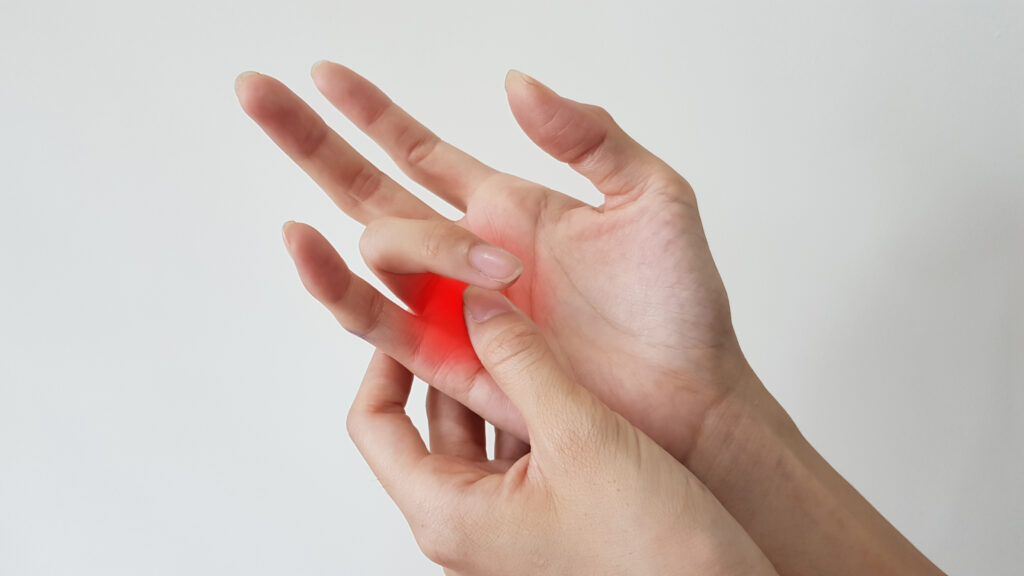Trigger finger – also known as stenosing tenosynovitis – affects your fingers and thumb, making it challenging to bend or straighten the digits in question. After an official diagnosis, Your doctor may recommend wearing a trigger finger splint to help ease symptoms and support mild cases of trigger finger. If you don’t attend to the condition in time, your thumb or fingers can become permanently bent, reducing your ability to perform daily functions.
What is Trigger Finger?
Trigger finger is a condition that affects the tendons in the hand, causing one or more of the fingers to get stuck in a bent position and straighten out with a “trigger-like” snapping motion. This disease is caused by inflammation or swelling of the tendons that often characterises certain medical conditions such as diabetes, rheumatoid arthritis and gout.
In addition, the condition is more common in women over 40 with a family history of the disease. However, trigger finger is more common in individuals involved in activities involving repetitive hand movements. This includes musicians, assembly line workers, and construction workers.
Trigger finger is commonly characterised by symptoms including:
- Finger stiffness
- Pain in the affected finger or thumb
- A popping or clicking sensation when moving the affected finger
- A lump in the palm at the base of the finger
- Permanent curling of the affected finger over time
If you are experiencing such symptoms, you should seek medical attention to determine the cause and receive appropriate treatment.
Early diagnosis and treatment can help prevent the condition from worsening and allow you to regain full use of your hand and fingers.

What is a Trigger Finger Splint, and How Does it Help?
This is a medical device worn on the finger to alleviate the symptoms of trigger finger, the chief of which is difficulty in moving the finger or thumb because it’s getting stuck in a bent position.
The splint is typically made of a flexible material. It is worn on the affected finger to help hold it straight, allowing the tendons and ligaments to glide smoothly as you flex or extend the concerned digit. As a result, you should feel less stiffness and discomfort.
Furthermore, a trigger finger splint can help to reduce swelling and inflammation in the affected finger, reducing the associated discomfort and difficulty with movement. In addition, the splint keeps the finger immobile during the night, alleviating the pain patients typically feel in the morning.

Nevertheless, it is essential to note that using a splint is just one part of the treatment for trigger finger. Doctors typically recommend using this device with other treatments, such as physical hand therapy and medication, to help manage the condition.
Treating Trigger Finger at the Harley Clinic
In mild cases, the condition may subside on its own if the finger receives enough rest. However, it’s advisable to seek medical advice from your doctor for timely intervention so they can guide you on the best course of treatment.
If you’re struggling with trigger finger, book a consultation with hand specialists at Harley Clinic, London.
Further Reading:













